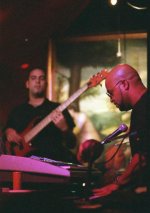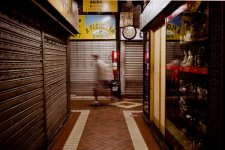250swb
Well-known
With so many amazing claims about what I assume are reliable and repeatable shooting speeds this should be an Olympic sport. Can you picture it in your mind? A dimly lit arena, instead of jumps for horses there would be street lights, benches, bushes, and a cafe scene. Team GB's photographer would enter the ring and lurk in the shadows as actors carried out a prescribed routine, the photographer aiming for perfect 10/10 sharpness, and perhaps a good composition. Of course it would rely on strict drugs and equipment testing, no alcohol, no image stabilisation.
Steve
Steve




